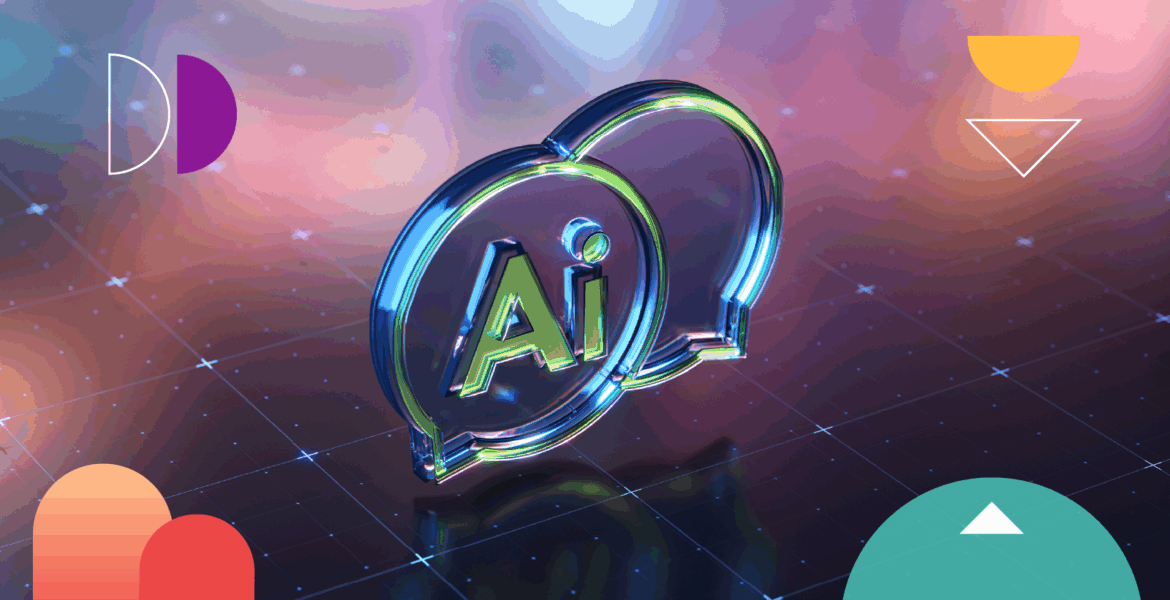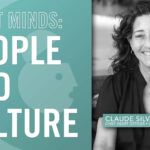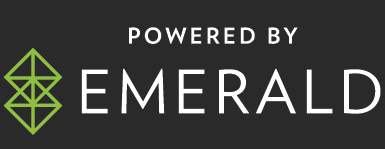As AI takes on more of the creative output, vague prompts won’t cut it. Andrew Welch, Executive Director of Global Client Services at Landor, argues that the real job of humans is to bring clarity, nuance and emotional intelligence where data alone falls short.
By Andrew Welch, Executive Director of Global Client Services at Landor
While AI has us working out the anatomy of the perfect prompt and our social feeds compete for catchy acronyms laying claim to that very finding (my preferred, less catchy one is RTCBRR – role, task, context, boundaries, requirements and reasoning) I’m struck by the irony of a contrasting lack of composition and care in the daily prompts we receive (or give) as we go about our creative work.
Take the creative brief: as the venerable prompt of our industry, its own anatomy has been debated to death and, mercifully, a consensus (largely) reached on what constitutes ‘perfect’. But it’s what happens after the creative brief that merits attention.
As the creative work begins to take shape over the course of many intense days (and nights), the directive typically comes at a certain juncture to make the work ‘more human’ or ‘more emotional’ (often to the raised eyebrow of an exasperated strategist or weary creative). What on earth does that mean?
As a prompt, ‘human’ and ‘emotion’ are as pointless as asking a human to be, well, a little ‘more human’ or a little ‘more emotional’. From one person to another, you’d think it a hollow directive divorced from the rich, messy reality of the actual human experience in all its semantic complexity. Are you asking me to be more vulnerable? More relatable? More flawed? More funny? More… what exactly? And in crafting creative work, how exactly does ‘more human’ or ‘more emotion’ act as a proxy for better work? Next time you conduct a competitor audit and glibly write it off under the clichéd ‘sea of sameness’ label, ask yourself who created that sea in the first place…
The real challenge in crafting better work, surely, isn’t to be ‘more human’, but to better understand the specific human need or desired emotional response the creative work is trying to elicit. With AI generating vast amounts of creative content, the critical role of the (human) creative, arguably, is shifting from execution to emotion curation. This requires an increasingly rich emotional intelligence and a deep understanding of emotional psychology, along with the critical thinking to discern subtle differences in emotional expression. And it requires a more thoughtful and constructed prompt. What if we delegated the task entirely to AI? Even if we trained an AI on vast datasets of human expression, making it capable of generating endless variations on a theme, each with slightly different emotional nuance, it would essentially be creating a statistical average of human emotion, leading to a sanitised, predictable output that would likely feel inauthentic (there’s that ‘sea of sameness’ again…) and misaligned with the brand’s values or audience needs.
If AI is a new engine of creative output, the (human) creative must become the emotional alchemist whose role it is to transform raw data into gold. The future of creative work, whether aided by AI or not, hinges on replacing hollow prompts with a shared language of innate emotional and psychological understanding. Let’s apply the same rigour we use for AI to our own communication, and foster the courage to make subjective choices, to champion the unexpected, and to fight for the emotional truth that resonates with a human being – as Sam Altman says: “AI can generate lots of great ideas, but you still need a human there to say, ‘This is the thing other people want.’”








